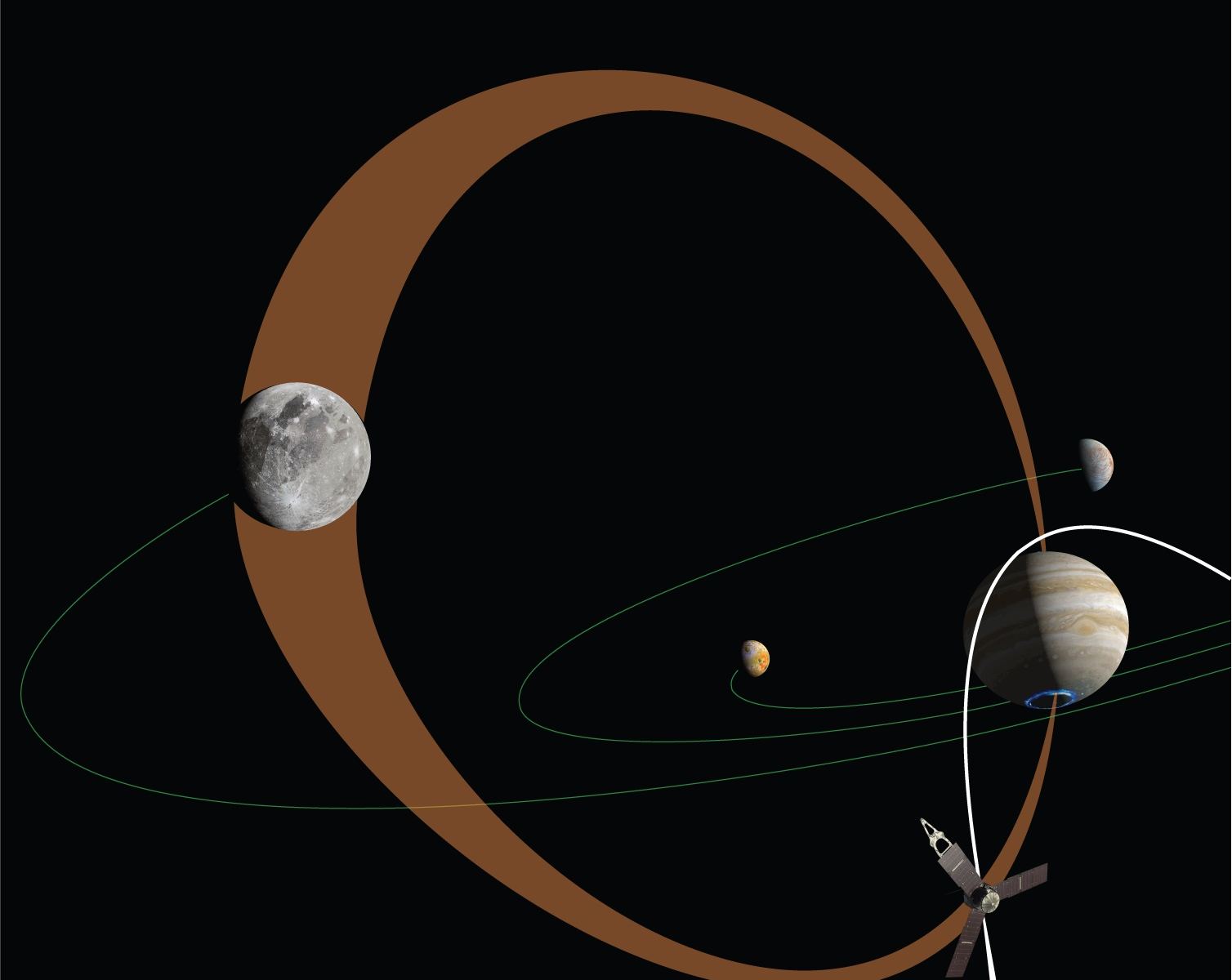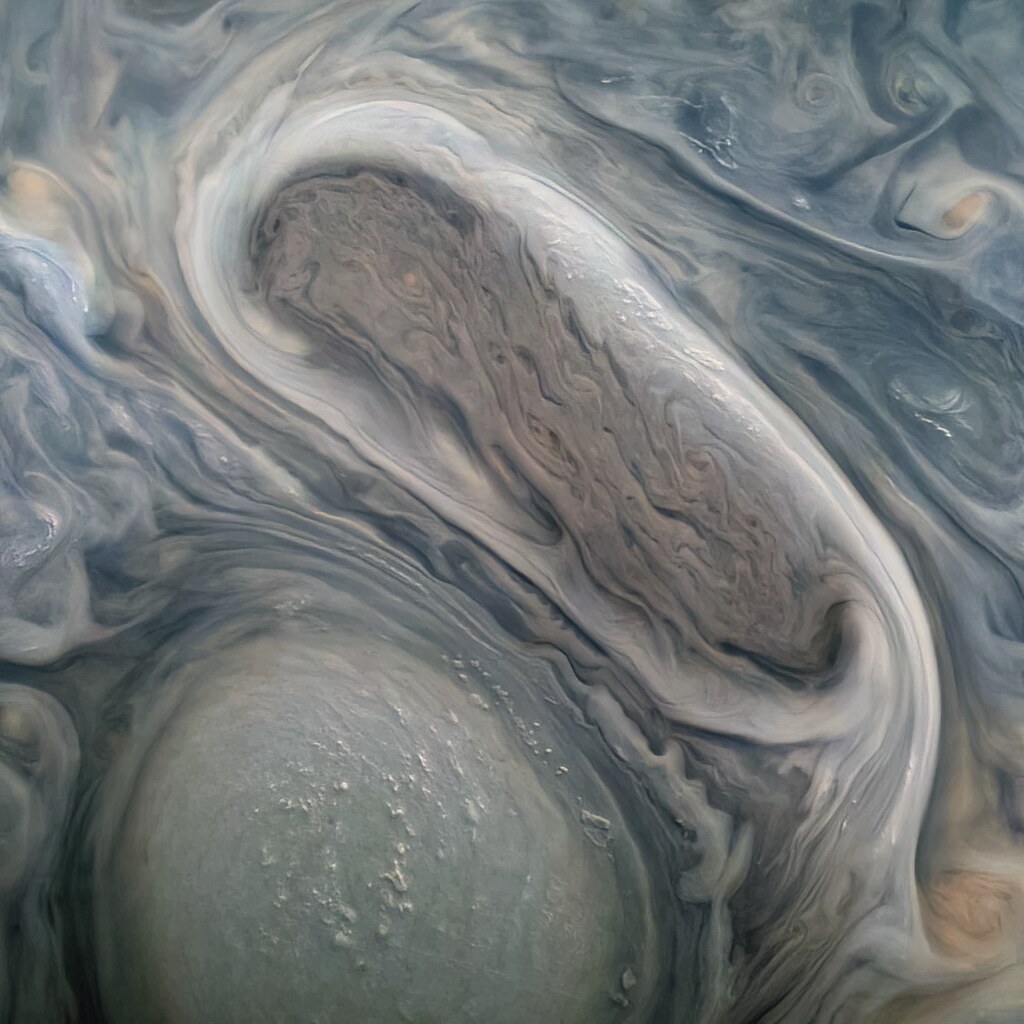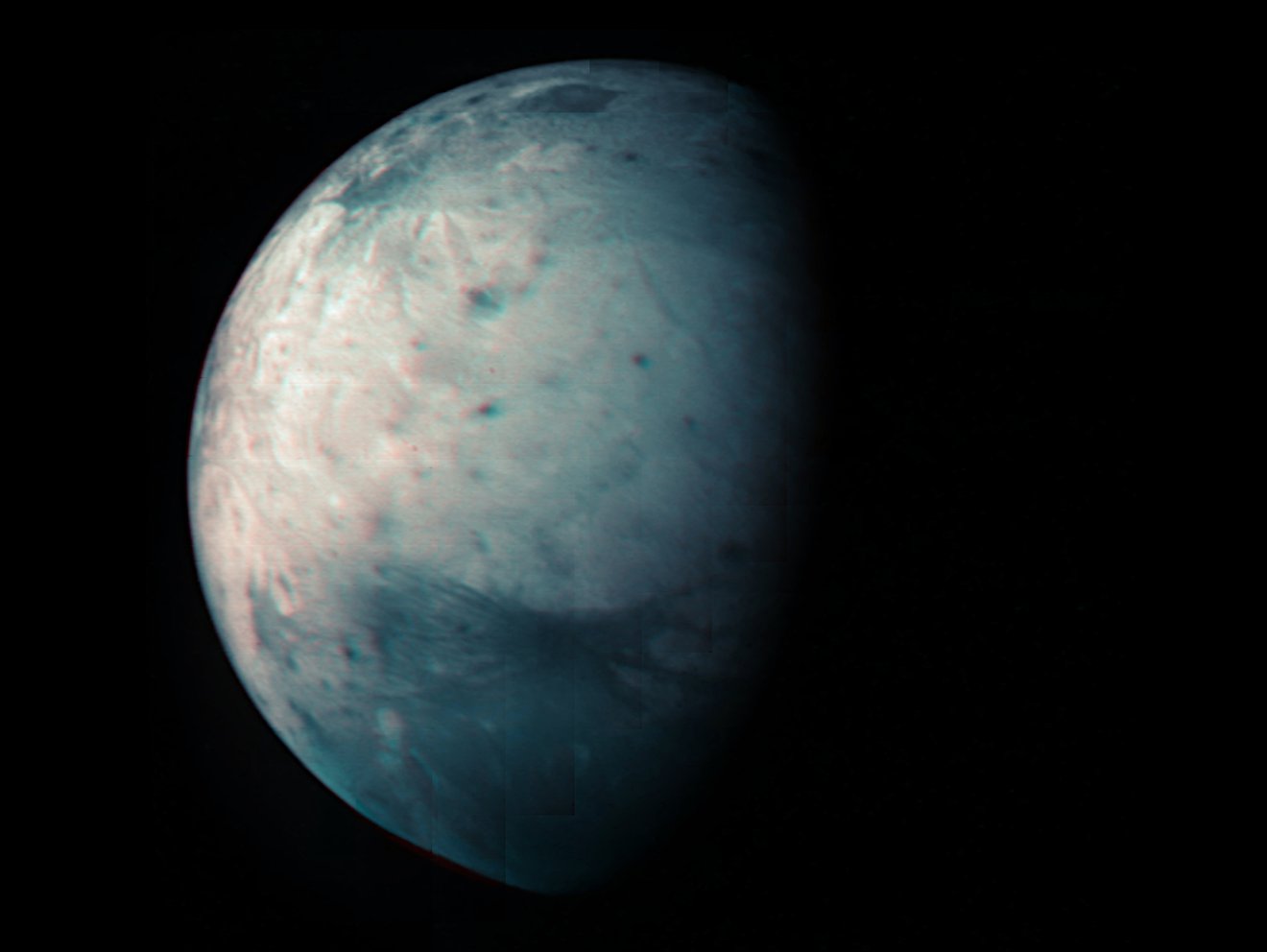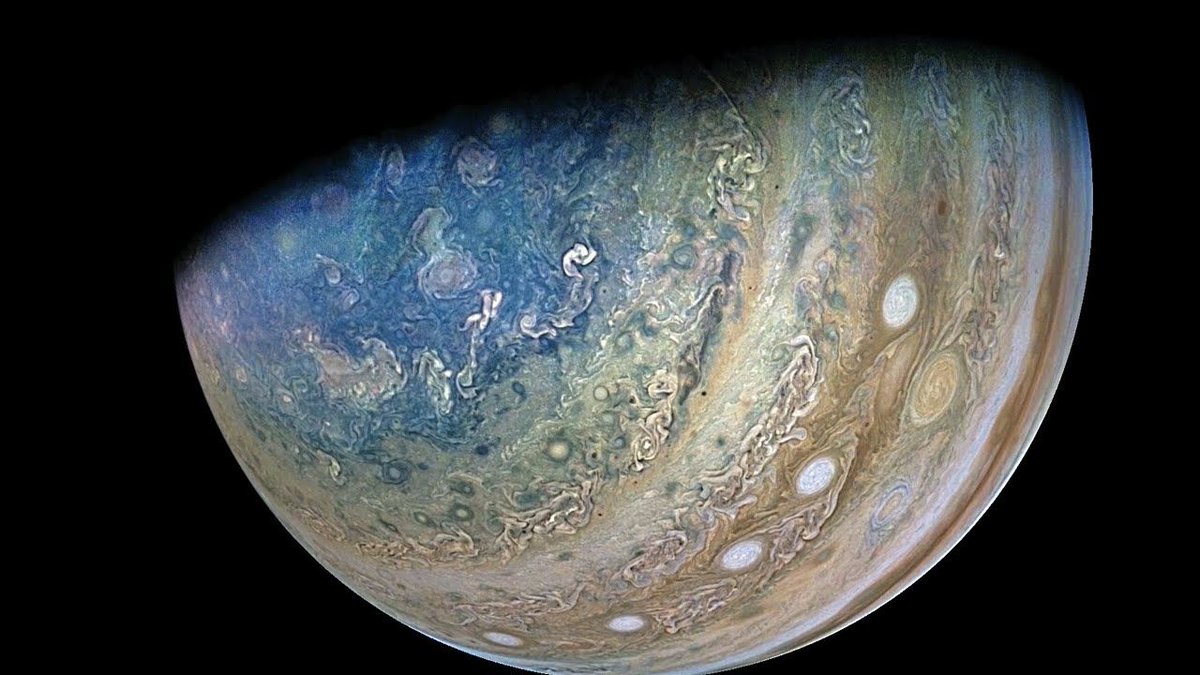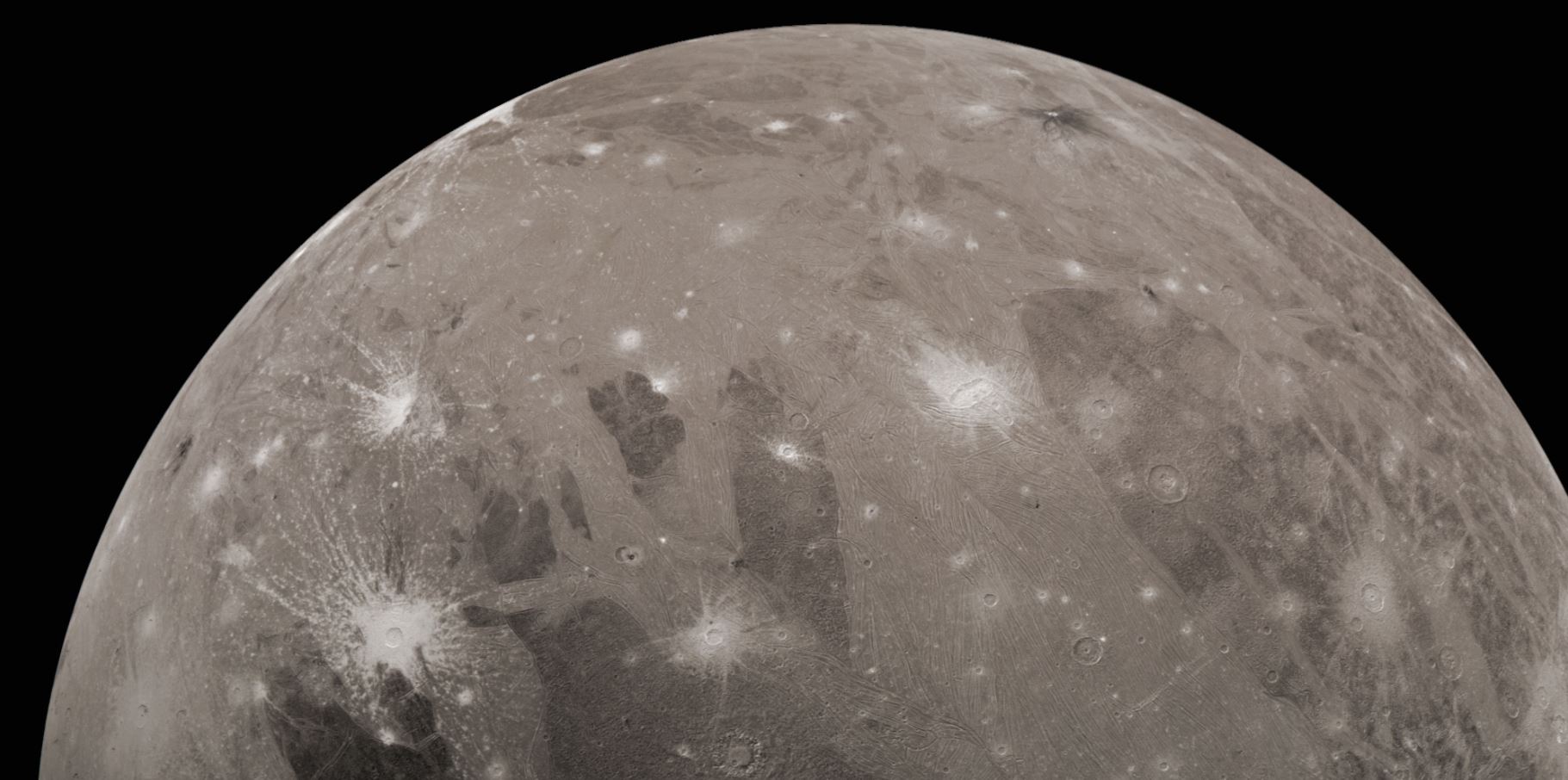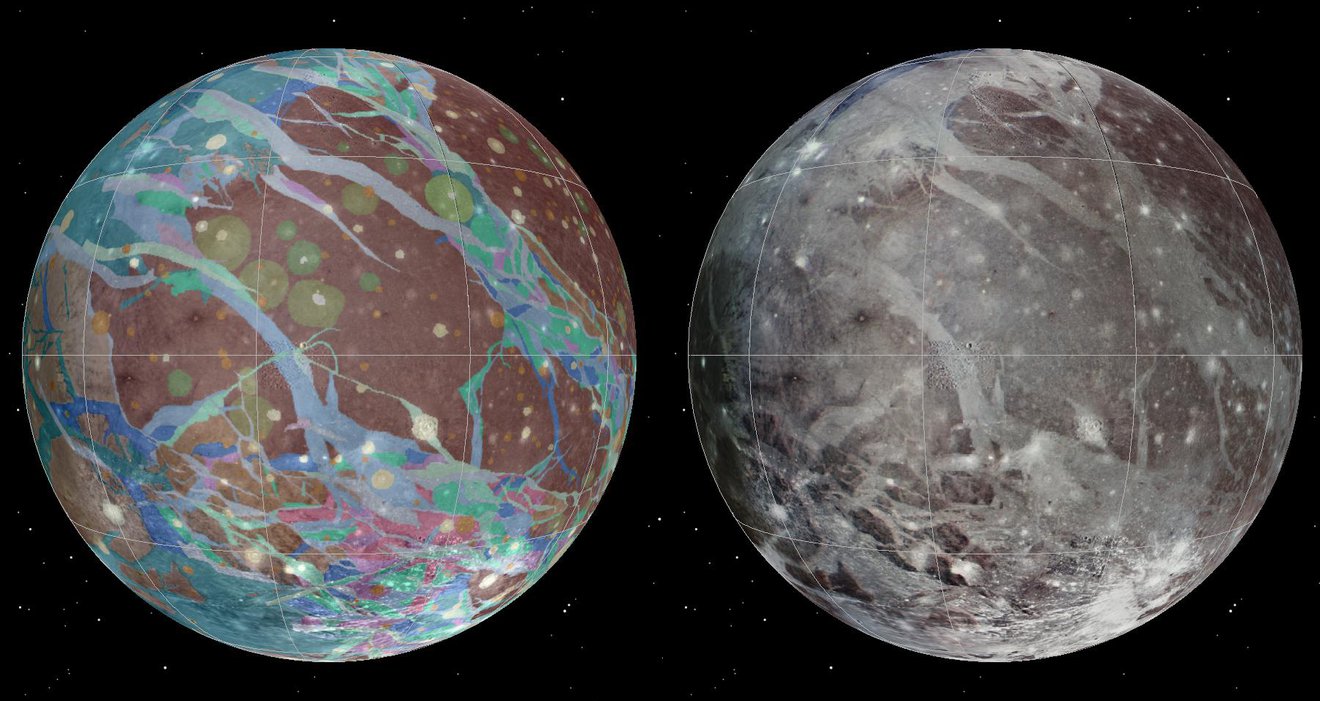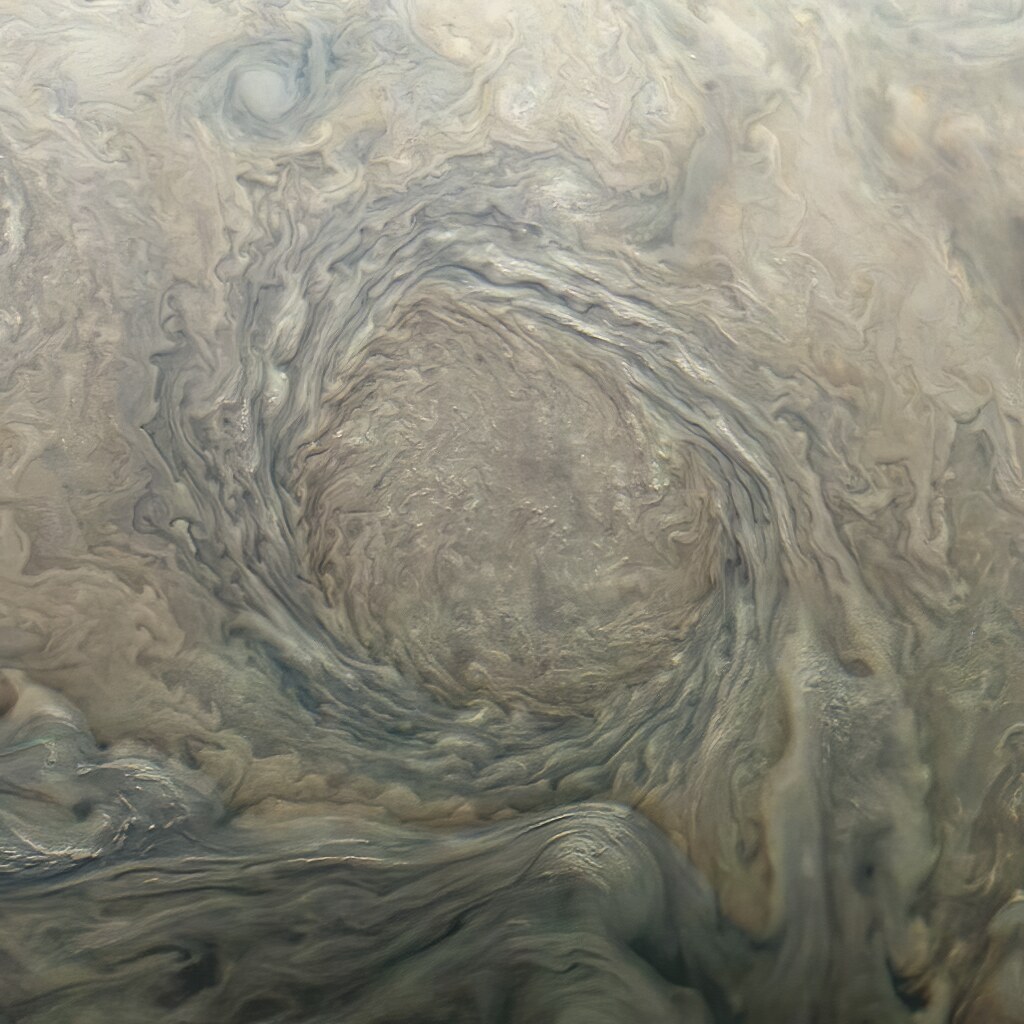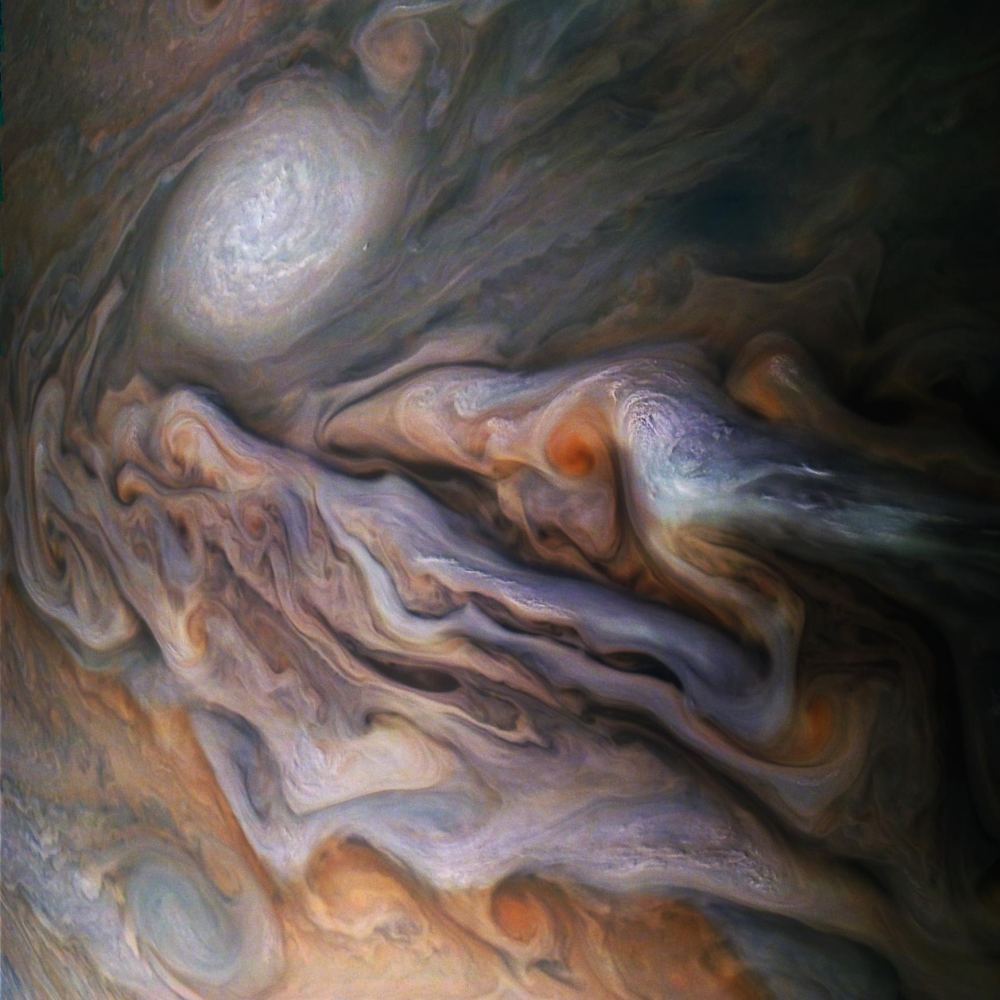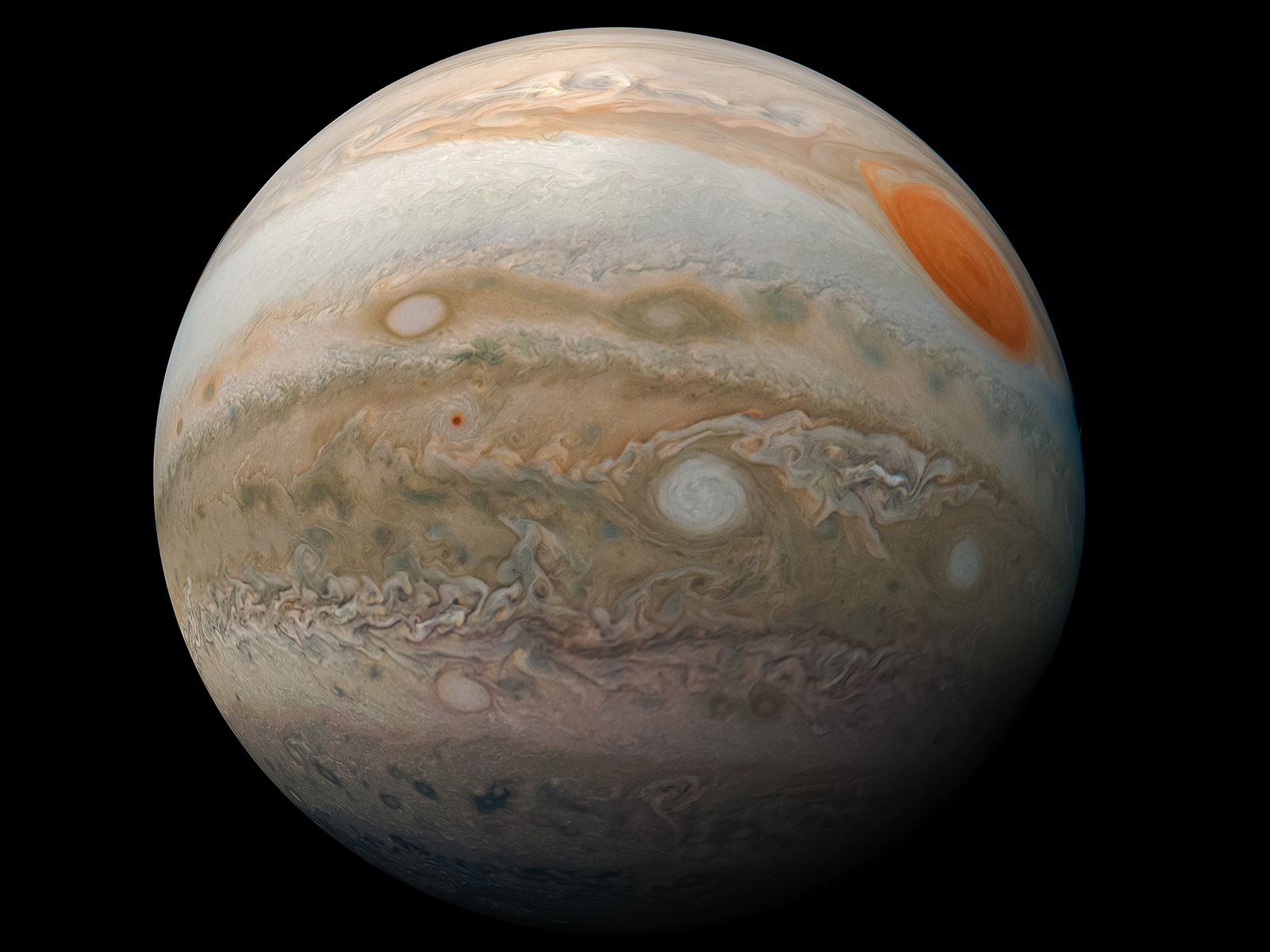On July 5th, 2016, NASA’s Juno spacecraft arrived at Jupiter and began its four-year mission (which has since been extended to 2025) to study the gas giant’s atmosphere, composition, magnetosphere, and gravitational environment. Juno is the first dedicated mission to study Jupiter since the Galileo probe studied the system between 1995 and 2003. The images and data it has sent back to Earth have revealed much about Jupiter’s atmosphere, aurorae, polar storms, internal structure, and moons.
In addition, the Juno mission has allowed astronomers to learn more about how magnetic interaction between some of Jupiter’s moons and its atmosphere leads the gas giant to experience aurorae around its northern and southern poles. After analyzing data from Juno’s payload, a team of researchers from the Southwest Research Institute (SwRI) observed how streams of electrons from Ganymede (Jupiter’s largest moon) leave an “auroral footprint” in Jupiter’s atmosphere.
Continue reading “Jupiter and Ganymede are Connected by Magnetic Fields”
